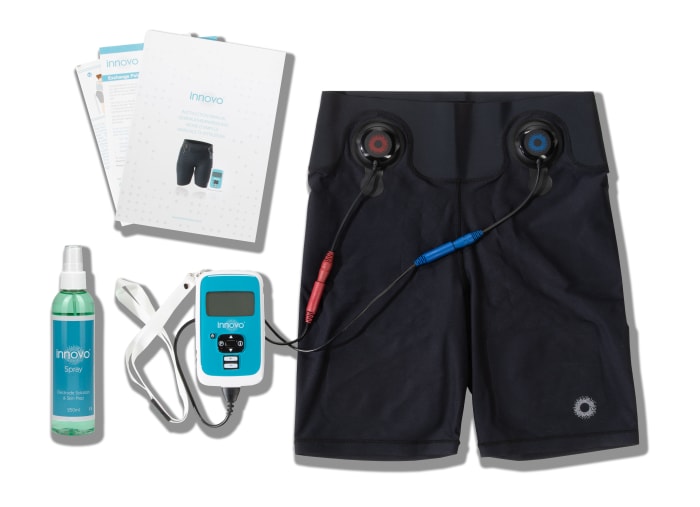
September 10, 2024
3 Reasons Why Peeing Is An Issue After Pregnancy
Urinary System Incontinence In Females Females will meet our pelvic floor physical therapists and start therapy treatment 6-8 weeks post-delivery. Hormones, genes and various other way of living variables, like smoking, can also make it more probable that a female will certainly experience urinary incontinence after childbirth. The attractive phase generates a blend of joy and physical changes. It is always important to plan for maternity and after-pregnancy signs.Does urinary incontinence go away?
Very first line therapies for urinary incontinence depend on individual situations, however can consist of enhancing workouts(Kegels ), bladder training, nerve modulation, pelvic floor therapy, electrical excitement to boost pelvic floor muscle contraction, or a pessary. Urinary system incontinence usually vanishes by itself within a few weeks of giving birth, although for some women, it may last a bit Cystoscopy much longer. Kegels can assist, however if it's affecting your quality of life or you're concerned, you may be described a urogynecologist for an examination.

Urinary System Incontinence After Childbirth
Nonetheless, most women that deliver vaginally remain continent, so no one is suggesting that all women have cesarean areas in order to avoid the possibility of later incontinence. We clearly do not recognize all the variables that determine who establishes incontinence, so cesarean section would certainly not be necessary in several women with long or tough labors. With our present understanding, numerous females would have to have cesareans in order to stop one female from creating incontinence. The prolonged pain and healing from cesarean at a time when the mom intends to be concentrated on caring for her child are also not in any person's benefit. The vast majority of females who deliver do not establish urinary incontinence. For the most part, the damages produced by childbirth repair work itself gradually as the tissues experience the normal recovery procedure.When To Call Your Doctor
It is approximated that approximately one-third of postpartum females will experience some type of urinary system incontinence. It is an often-overlooked problem, with lots of females presuming it is a typical component of having a child. Also, the muscle and connective cells that hold the anus in its area under the vaginal canal might be damaged or torn by labor and delivery, which permits the rectum to protrude up into the vaginal area. The outcome of extreme injury to anal muscular tissues and nerves can be the inability of the rectal muscle to close entirely with resultant uncontrolled loss of gas or feces. Giving birth places huge amounts of anxiety on the genital canal and pelvic floor muscular tissues. However, it can also trigger nerve damages around the bladder. In addition, body organ prolapse, urinary system necessity, feces urinary incontinence, unpleasant piles, and lacerations, are all typical injuries that women encounter after maternity.- After the cervix is absolutely dilated, the pressing phase of labor starts.
- A paediatrician (a doctor who is experts in treating children) will certainly inspect your infant and allow you learn about any type of follow-up visits that you require to publication.
- Many people locate it easier to remember to do Kegels if the exercises become part of an everyday routine.

Social Links